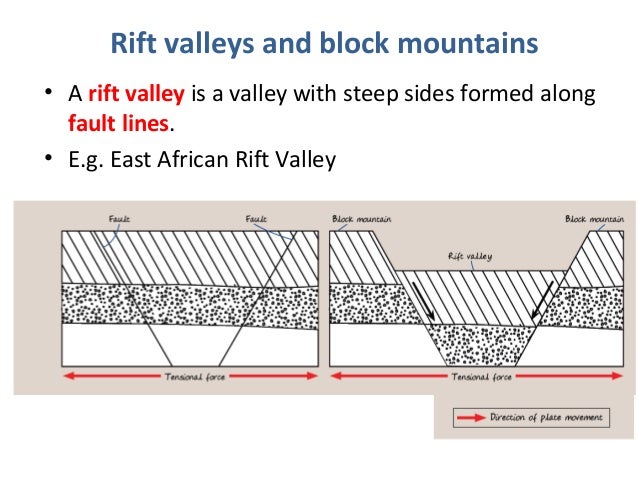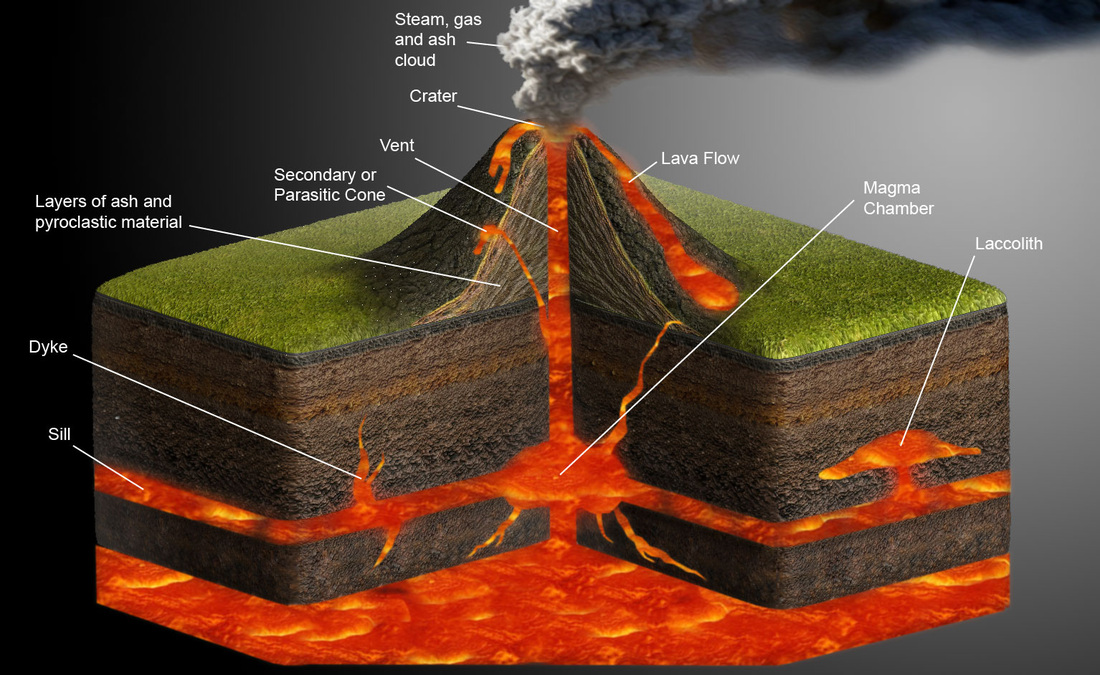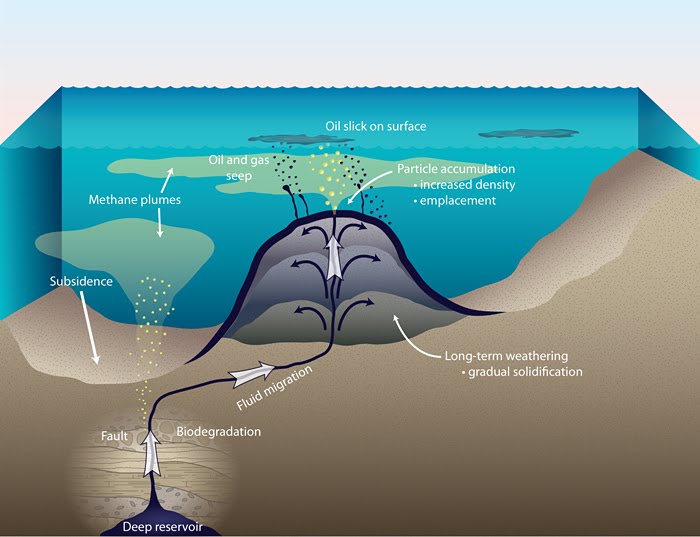Landform is a natural feature of the earth’s surface. The surface of the earth varies from one place to another. The main landforms are; mountains, plateau and plains. There are two processes which lead to formation of different landforms. These processes are; internal process and external process.

source
Internal Process: The earth beneath your feet is continuously moving. The movement of earth’s surface results in internal process. The internal process results in a portion of the earth’s surface getting elevated or getting sunk.
External Process: Continuous wearing down and rebuilding of the earth’s surface is the result of external process.
Mountains:
- A mountain is the natural elevation of the earth’s surface.
- A mountain may be narrow at top and broad at the base.
- The elevation of mountain is considerably more than that of surrounding area.
- We know that temperature reduces with increase in altitude.
- Due to this, very high mountains are usually covered with snow.
Mountain Range: When mountains are arranged in a line, then it is called a mountain range. Some of the mountain systems contain ranges spread over hundreds of kilometers.

source
Types of Mountains:
There are 4 types of mountains, viz. fold mountains, block mountains and volcanic mountains.
#1. Fold Mountains:
The formation of fold mountains

source
- Where an area of sea separates two plates, sediments settle on the sea floor in depressions called geosynclines. These sediments gradually become compressed into sedimentary rock.
- When the two plates move towards each other again, the layers of sedimentary rock on the sea floor become crumpled and folded.
- Eventually the sedimentary rock appears above sea level as a range of fold mountains.
Where the rocks are folded upwards, they are called anticlines. Where the rocks are folded downwards, they are called synclines. Severely folded and faulted rocks are called nappes.

source
Fold mountains are created through a process called orogeny. An orogenic event takes millions of years to create a fold mountain. When a tectonic plate gets pressure from two sides, it gets folded. Some of its portion becomes elevated and forms the mountains.
The depressions form the valleys. The Himalayas, The Andes and the Alps are examples of Fold Mountain. They are the young mountains of the world and hence they have some of the highest peaks of the world.
#2. Block Mountains:
When large areas are broken and displaced vertically, Block Mountains are formed. In this case, the uplifted blocks are called horsts. On the other hand, the lowered blocks are called graben.
Examples of Block Mountains are; the Rhine Valley and the Vosges mountain in Europe.

source

source

source
#3. Volcanic Mountains:
A mountain formed due to volcanic activity is called Volcanic Mountain. Examples of Volcanic Mountains are; Mt. Kilimanjaro and Mt. Fujiyama.
Andaman and Nicobar islands in India are the tip of the volcanic mountains which rise from the ocean floor.

source
#4. Dome Mountains:

source

source
Dome mountains form when large globs of magma float up from beneath the crust and push up surface rocks, creating a rounded swelling in the crust. Once the magma cools, it creates a large dome of harder rock under the surface, which erosion sometimes reveals.

Also give example of ech type of Mountain.
Dr Rashmi Sharma
Give example and position in map each type of mountain.
Atlas mountain
fold mountain
found in north Africa
Same
Very interesting and informational